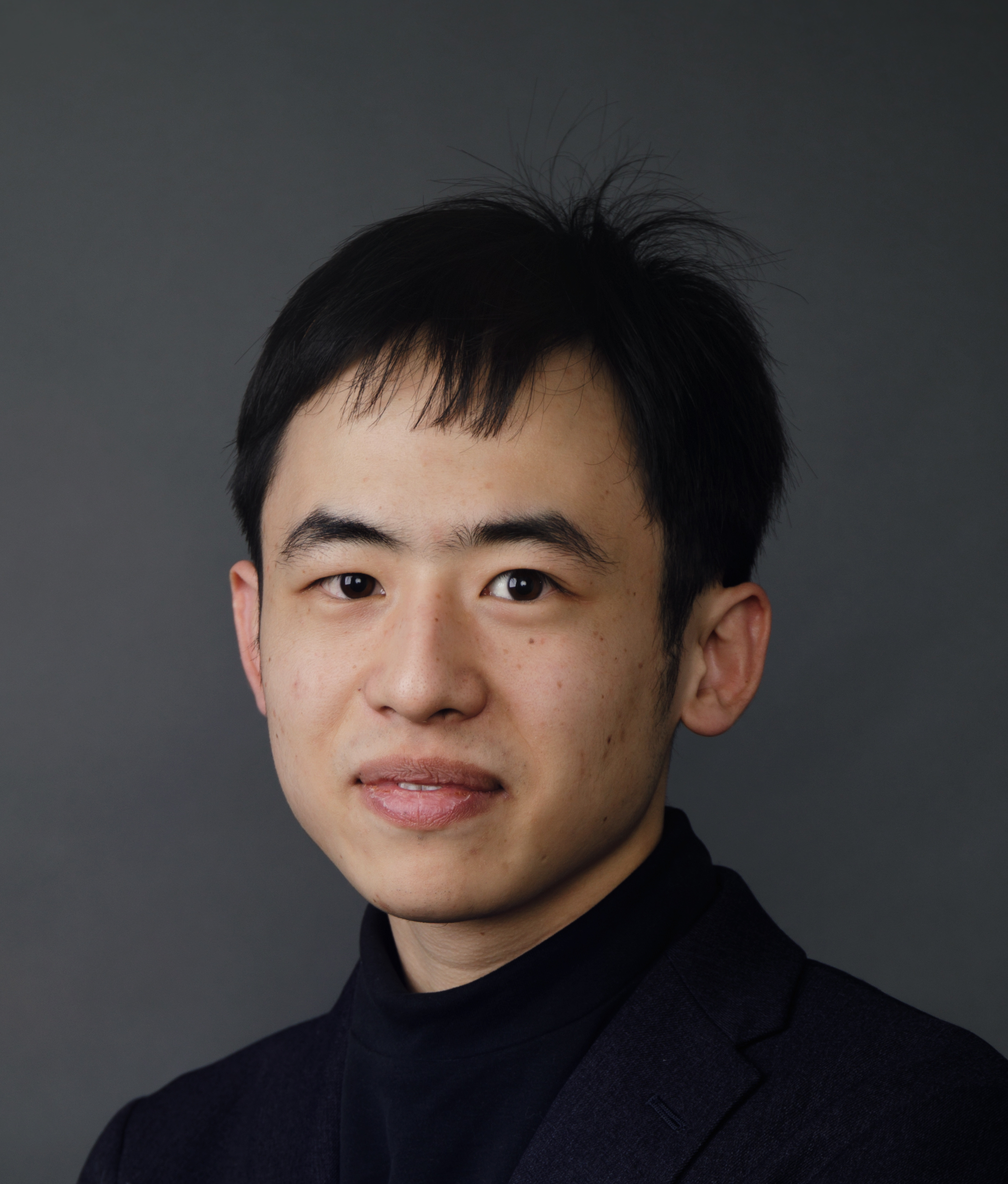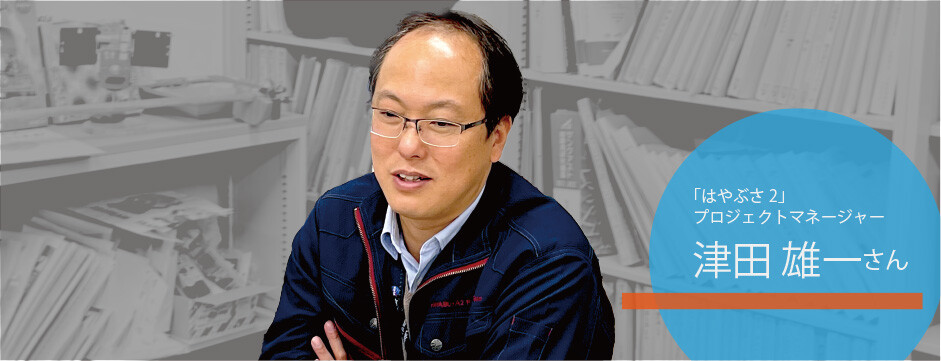The University of Tokyo, Kyocera, Tokyo University of Agriculture and Technology, Shimizu Corporation, and NEC Networks & System Integration Initiate Joint R&D Project
on AI-Native Wireless Networks for User-Centric Communications
– Launched under NICT’s Japan-EU International Joint Research Program
The Graduate School of Engineering at the University of Tokyo (Dean: Yasuhiro Kato; Professor: Akihiro Nakao, Nakao Laboratory), Kyocera Corporation (President: Hideo Tanimoto), Tokyo University of Agriculture and Technology (President: Kazuhiro Chiba; Professor: Kenta Umebayashi, Division of Advanced Electrical and Electronic Engineering, Institute of Engineering), Shimizu Corporation (President and Representative Director: Tatsuya Shimmura), and NEC Networks & System Integration Corporation (President: Michitaka Ono) have jointly launched a research and development project titled “6G MIRAI-HARMONY: R&D on Optimization of 6G Mobile Systems through Cross-Layer and Multi-Domain AI Integration” (Project ID: 09101), as part of the Japan-EU International Joint Research Projects under the "Beyond 5G (6G) R&D Promotion Program" funded by National Institute of Information and Communications Technology (NICT) , Japan.
KDDI Research, Inc. (President and CEO: Satoshi Konishi) is also participating as a research collaborator.
This joint project integrates the Japanese-side initiative “HARMONY” and the European-side initiative “6G-MIRAI” into a single unified effort, officially named “6G MIRAI-HARMONY”.
(Refer to the project structure diagram below.)
The project aims to realize next-generation mobile networks that can flexibly meet diverse user demands such as performance, service assurance, reliability, and energy efficiency. Through close Japan-EU collaboration, the research focuses on developing AI Harmonization technologies—flexible coordination of AI across vertical layers (cross-layer) and horizontal domains (multi-domain).
The project will also conduct proof-of-concept demonstrations using testbeds and real-world industrial use cases, and aims to contribute to international standardization efforts and consensus-building activities through alliances such as the AI-RAN Alliance and O-RAN Alliance.

(Figure) Overview of the 6G MIRAI-HARMONY Project Structure
Project Overview and Roles of Participating Institutions
R&D Theme 1: AI-Native, User-Centric RAN Architecture
(The University of Tokyo, Shimizu Corporation, NEC Networks & System Integration)
Defines an architecture that integrates AI across various mobile network components to enable a comprehensive AI-native and user-centric Radio Access Network (RAN).
R&D Theme 2: Harmonization of Multi-AI Networks
(The University of Tokyo)
Develops harmonized network technologies by integrating end-to-end AI required for seamless communication.
R&D Theme 3: AI-Native RAN
(The University of Tokyo, Kyocera, Tokyo University of Agriculture and Technology)
Optimizes wireless technologies through AI-driven innovations.
R&D Theme 4: Evaluation of Architecture and Component Technologies via Testbed Demonstrations
(The University of Tokyo, Shimizu Corporation, NEC Networks & System Integration)
Evaluates and verifies component technologies through international testbeds and industry-oriented use cases.
Project Duration
April 2025 – March 2028 (scheduled)
Project Structure
(See diagram below for project structure)

(Figure) Organizational Structure and Role Allocation of Participating Entities
You May Also Like
These Related Stories

Proof-of-Concept Achieved for Satellite-5G Networks Utilizing Adaptive Routing and Quality Management ~Connecting Society through Flexible Networks Bridging Space and Ground

Rintaro Chujo (B3), Institute for Innovation in International Engineering Education, received The University of Tokyo President's Grand Award for Students 2021


